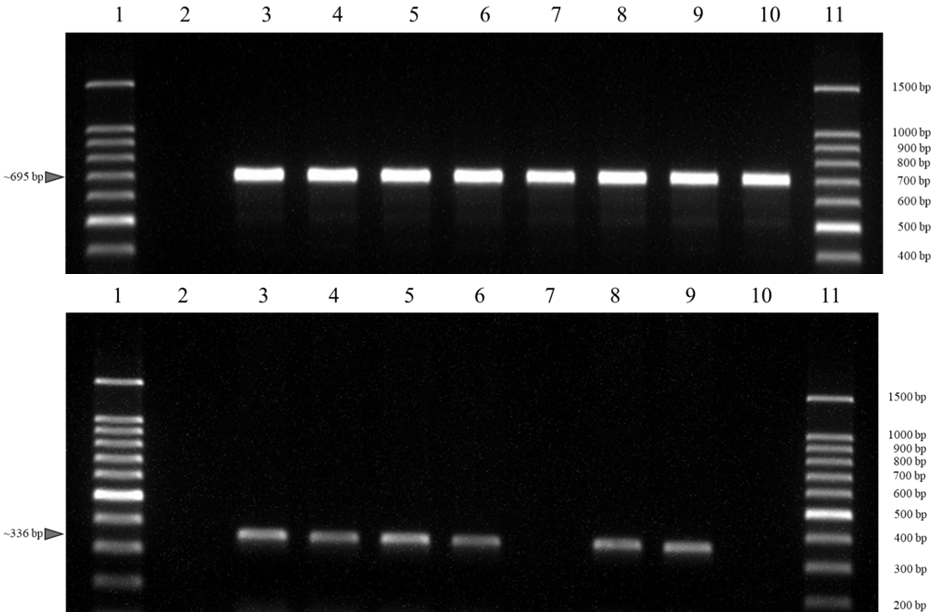VOLUME 13 (Supplement)

Philipp. Sci. Lett. 2020 13 (Supplement) 107-119
available online: November 30, 2020
*Corresponding author
Email Address: sasedano@up.edu.ph
Date received: February 28, 2020
Date revised: September 5, 2020
Date accepted: November 1, 2020
ARTICLE
Streptococcus suis and S. parasuis in the Philippines: Biochemical, molecular, and antimicrobial resistance characterization of the first isolates from local swine
(BIOTECH) – University of the Philippines Los Baños,
Laguna, Philippines, 4031
2Graduate School, University of the Philippines Los Baños,
Laguna, Philippines, 4031
3Genetics and Molecular Biology Division,
Institute of Biological Sciences,
College of Arts and Sciences, University of the Philippines
Los Baños, Laguna, Philippines, 4031
Streptococcus suis is one of the most economically important pathogens in the swine industry that can also cause diseases in humans. On the other hand, S. parasuis still has an unclear pathogenic capacity. In this study, molecular and biochemical methods were employed to detect the presence of S. suis and to characterize recovered isolates from local swine. From the swab samples obtained in Laguna, direct detection of the S. suis-specific gdh gene yielded 87.9% (44/49) positive results, however, only six gdh positive isolates were recovered by microbiological plating. An additional gdh gene positive isolate recovered from a brain swab of a diseased pig from Batangas was also reported. Biochemical profiling of the seven gdh positive isolates identified only one S. suis isolate. Using recN gene detection, and 16s rRNA and sodA gene sequences, the discordant results of gdh gene detection and biochemical profiling were resolved. Five isolates were confirmed to belong to the authentic S. suis clade while the other two were identified as S. parasuis. The clustering observed is highly acceptable because a bootstrap value of 92 was noted. Varied antimicrobial susceptibilities to commonly used antimicrobial agents were observed among the recovered isolates through the disk diffusion method. Notably, 100% (7/7) were observed to be resistant against streptomycin and oxytetracycline, while 57.1% (4/7) and 28.6% (2/7) were resistant to gentamicin and penicillin, respectively. Intermediate resistance against penicillin was also observed for 42.9% (3/7) of the isolates. This paper reports the first published isolates of S. suis and S. parasuis from local swine. With the plans to further intensify the local swine industry, which is currently ranked 8th worldwide in pork production, this report highlights the need to establish baseline data on the local epidemiology of streptococcal infections in swine, particularly of S. suis.
© 2025 SciEnggJ
Philippine-American Academy of Science and Engineering